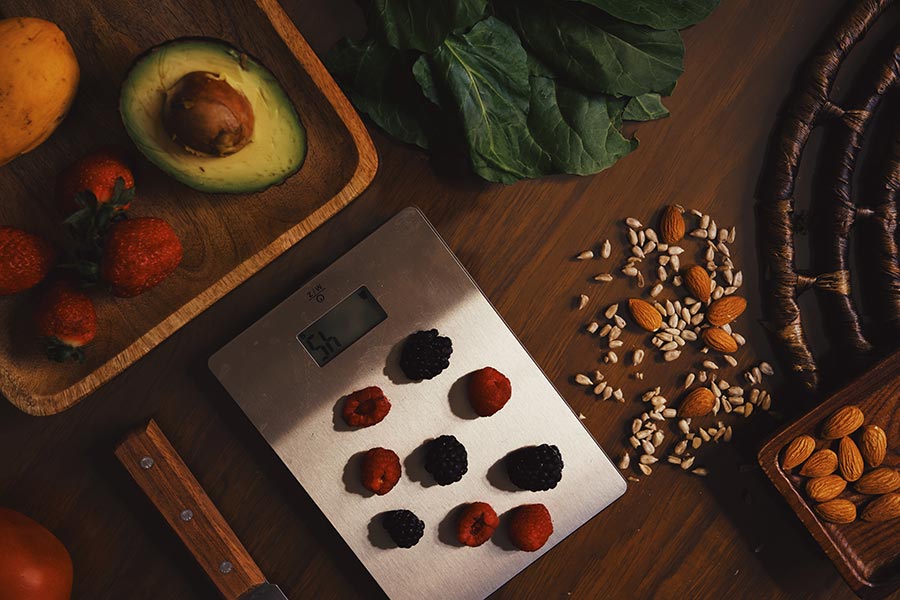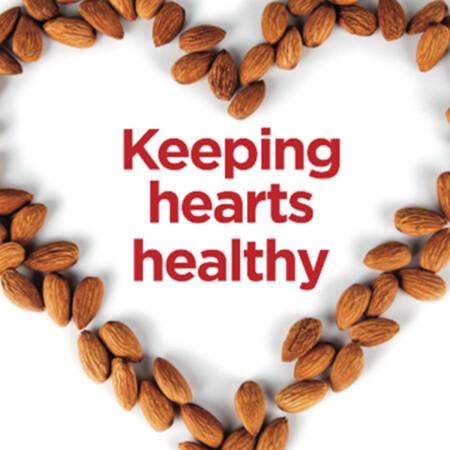What is ‘Plant Forward Eating’?
‘Plant Forward Eating' is a style of cooking that emphasizes and celebrates, but is not limited to, plant-based foods.

There is no doubt we should all be eating a diet rich in plant foods for good health but that doesn’t mean you have to cut out animal based products- enter, ‘Plant Forward Eating.’ This is defined by Menus of Change as ‘a style of cooking that emphasizes and celebrates, but is not limited to, plant-based foods – including fruits and vegetables (produce); whole grains; beans, other legumes (pulses), and soy foods; nuts and seeds; plant-based oils; and herbs and spices – and that reflects evidence-based principles of health and sustainability.’ Sounds a little like flexitarian eating to me, what ever you call it the message is the same, plant foods should be the feature of your diet and animal products the accompaniment.
Health benefits of ‘Plant Forward Eating’
The benefits of a diet high in plant foods are clear: less risk of disease and improved health and well-being. There is plenty of research around dietary patterns that follow this style of eating such as:
1. Mediterranean Diet
The Mediterranean diet is known for reducing the risk of many non communicable chronic diseases (e.g. heart disease, stroke, many cancers, rheumatoid arthritis, type 2 diabetes). The Mediterranean diet varies between countries and regions, but is characterized by plenty of plant foods such as fruits, vegetables, legumes, cereals, extra virgin olive oil, nuts and seeds, moderate amounts of seafood, fish, yoghurt, cheese, poultry and eggs and a low consumption of red and processed meats and foods rich in sugar, with moderate drinking of wine, mainly red wine enjoyed with meals.
2. Traditional Japanese Diet
The traditional Japanese diet is another plant based dietary pattern, also rich in fish, seafood, with minimal amounts of animal protein, added sugars and fat. It resembles the famous Okinawan diet, the historical eating pattern of those living on the Japanese island of Okinawa, but includes significantly more rice and fish. The research supports it too will lower risk of chronic disease, particularly cardiovascular disease.
Caution: Not all ‘Plant Based Eating’ is healthy
There are many foods that meet the vegetarian, vegan or plant based criteria but not the nutrient rich criteria. For example deep fried potato chips from a fast food, similarly ultra processed foods such as confectionary, sweet biscuits and soft drink. The ‘Plant Forward Eating’ definition includes a reference to evidence based health and sustainability so maybe these foods don’t fit here!
If you are cutting back on meat be aware of what you are replacing it with. Some of the ‘faux’ meats, particularly ready made are high in salt and contain poor quality fats. If it is plant based protein alternatives you are looking for there are plenty of nutritious sources, such as lentils, legumes (e.g chickpeas, kidney beans, green peas), nuts (e.g. almonds), seeds (e.g. chia, hemp), even grains (e.g. oats, rice) and pseudo grains (e.g. quinoa). The protein can easily add up over the day to meet your needs with a little planning with a combination of animal and plant protein, for example:
- Adding almonds and chia seeds to your breakfast oats with milk provides plenty of sources of protein or here is a tasty almond granola recipe
- A mid morning snack of a slice of cheese, with apple slices and almond butter
- For lunch enjoy a wholegrain sandwich with tuna and salad and a handful off almonds
- In the afternoon a bowl of natural yoghurt, fresh berries and slivered almonds
- At dinner a stir fry with brown rice, vegetables and marinated tofu
- For supper a few squares of dark chocolate with roasted almonds
Making the switch
‘Plant Forward Eating’ is easier than ever these days. There are so many recipes and restaurants with vegetables and other plant foods prepared in tasty and interesting ways. And you don’t have to label how you eat, simply plan your shopping and meal preparation thinking of the plant based ingredients first. Choose ingredients and flavours you know your family will enjoy. Meatless Monday might be a good place to start or simply cutting down on the size of the meat you serve. Swapping ultra-processed snack foods with fresh produce is another easy swap to make with a likely health gain. Buy fresh fruit and nuts and have them around for the family to snack on.
The key is adding a range of different, nutrient dense plant foods (aim for 30 or more different plant foods a week) along with some animal foods if you wish to start eating the ‘Plant Forward’ way..
References
- https://www.ncbi.nlm.nih.gov/pmc/articles/PMC6723551/
- Shimazu T, Kuriyama S, Hozawa A, et al. Dietary patterns and cardiovascular disease mortality in Japan: a prospective cohort study. Int J Epidemiol. 2007;36(3):600-609. doi:10.1093/ije/dym005 https://pubmed.ncbi.nlm.nih.gov/17317693/
- McDonald D, Hyde E, Debelius JW, Morton JT, Gonzalez A, Ackermann G, et al. American Gut: an Open Platform for Citizen Science Microbiome Research. mSystems. 2018;3(3):e00031-18.
- https://www.heart.org/en/healthy-living/healthy-eating/eat-smart/nutrition-basics/how-does-plant-forward-eating-benefit-your-health



